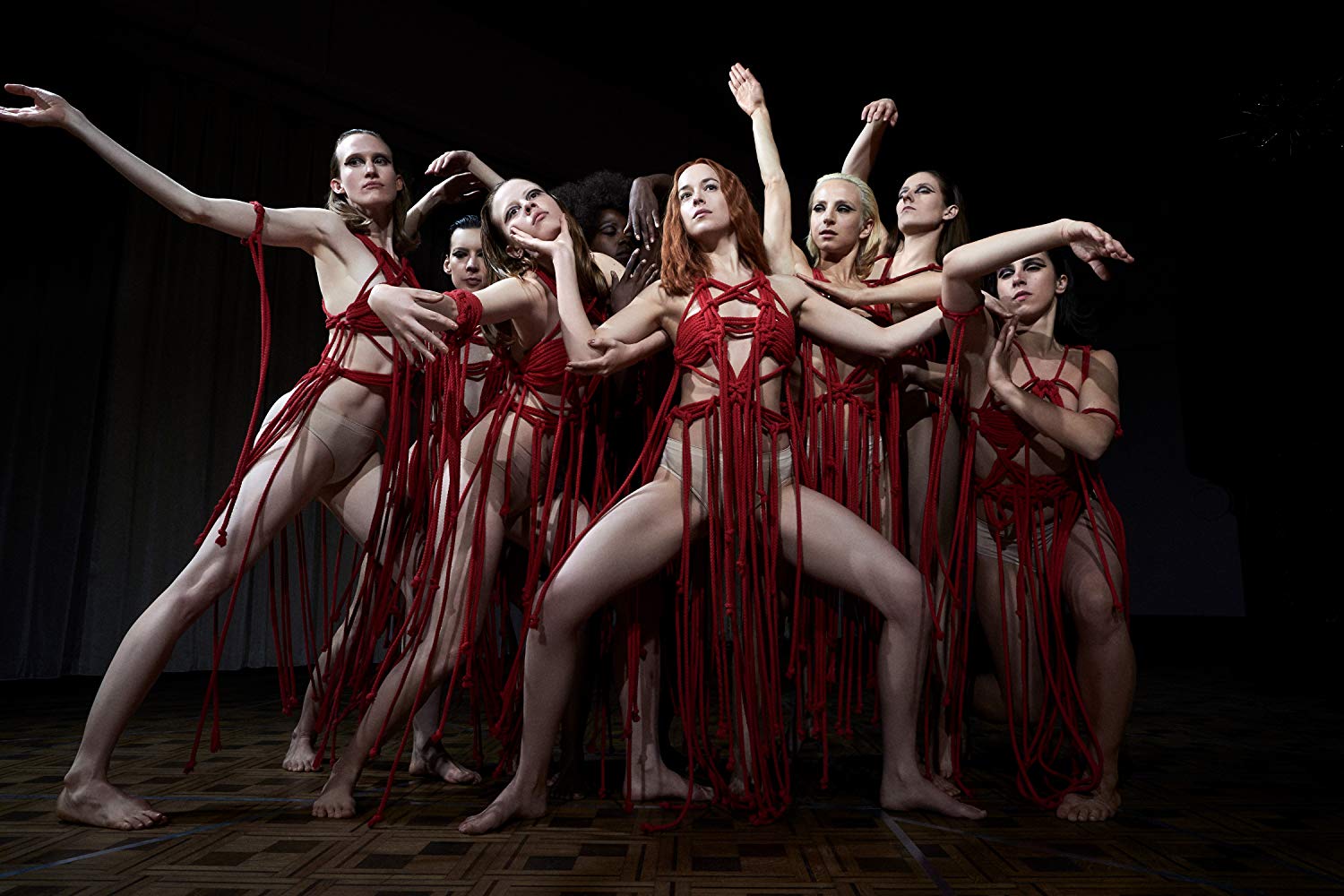Suspiria
Martin Scorsese Teaches Filmmaking

Director Luca Guadagnino presents a re-imagining of the Dario Argento classic with Suspiria. In 1977 Berlin, a young woman named Patricia (Chloë Grace Moretz) storms into the office of Dr. Josef Klemperer (Lutz Ebersdorf) accusing the teachers at the Markos Dance Academy of being witches, which he dismisses as delusions. Patricia soon mysteriously disappears, right around the time Susie Bannion (Dakota Johnson), a young American from a Mennonite family in Ohio, arrives in Berlin to join the academy, under the tutelage of Madame Blanc (Tilda Swinton). Susie befriends Patricia’s old friend Sara (Mia Goth) and it isn’t long until she finds herself cast in the lead of the academy’s upcoming production Volk. However, Susie soon begins having horrific nightmares and it seems like she is being prepped for some sort of dark ritual.
Director Luca Guadagnino follows up the Oscar nominated success he had last year for Call Me by Your Name with a new take on Dario Argento’s 1977 classic Suspiria, which is better described as a re-imagining than a remake. While the basic plot elements of Argento’s original remains, Guadagnino’s Suspiria is ultimately a completely different film.
The story takes place under the backdrop of political unrest in Berlin, with constant protests by the Red Army Faction. There is also the subplot involving Josef Klemperer, played by Tilda Swinton in prosthetic make-up under the pseudonym Lutz Ebersdorf, who is haunted by the loss of his wife Anke (Jessica Harper) during the second World War. Initially dismissing Patricia’s fears as delusions, Ebersdorf begins to wonder if the dance academy really is controlled Mater Suspiriorum, the Mother of Sighs, one of three ancient mythical witches.
There is no doubt in my mind that Luca Guadagnino’s Suspiria is going to be a film that is quite polarizing for viewers. Horror fans, who are fans of the Dario Argento original, might be turned off by the fact that this is for a most part a slow-paced drama for a good chunk of its 2h32m running time. On the flipside, art house audiences going into the film based on Guadagnino’s previous work, might be turned off by the horror elements of the film, particularly the near-ridiculous level of gore in the climax.
Probably the most positive takeaway I have from Suspiria is the score by Radiohead’s Thom Yorke, which consists of a mix of piano-based ballads and more creepy synthesizer-based tracks. While those expecting a rehash of Goblin’s score from the original might be disappointed, I was personally quite happy with the music in the film.
While probably not what many people would expect from a remake of Suspiria, it is somewhat refreshing that Luca Guadagnino took Dario Argento’s vision into a new direction, instead of rehashing what was done before. I ultimately will still pick the original over this film, but that’s not to say that this re-imagining of Suspiria doesn’t have artistic merit.

